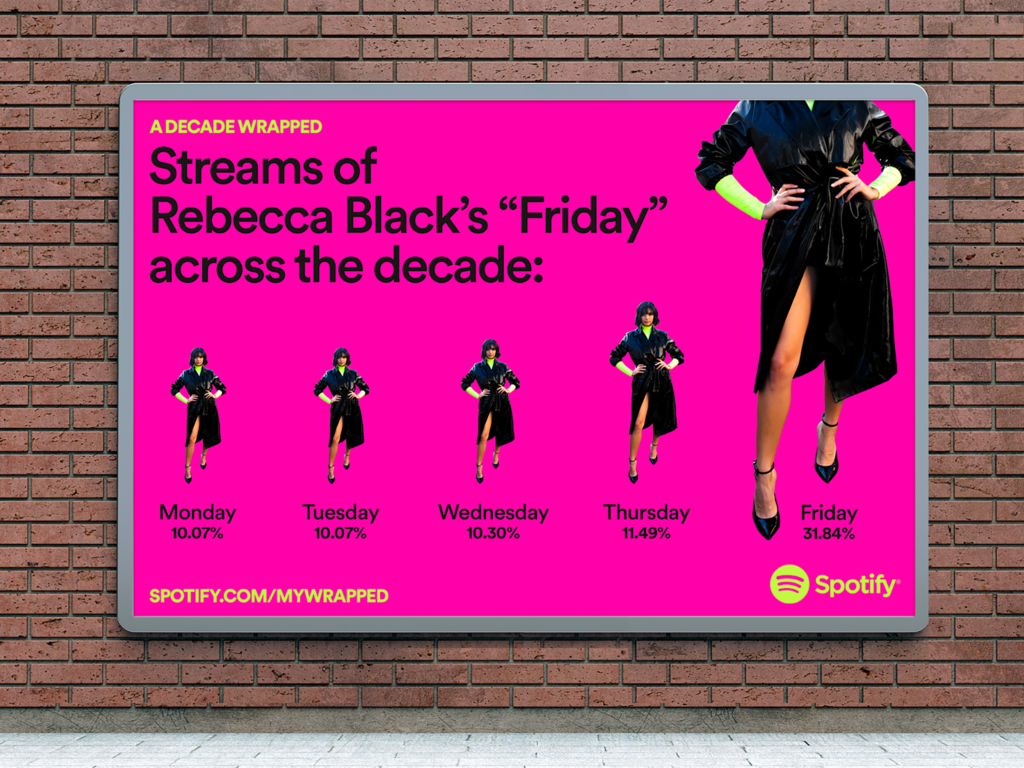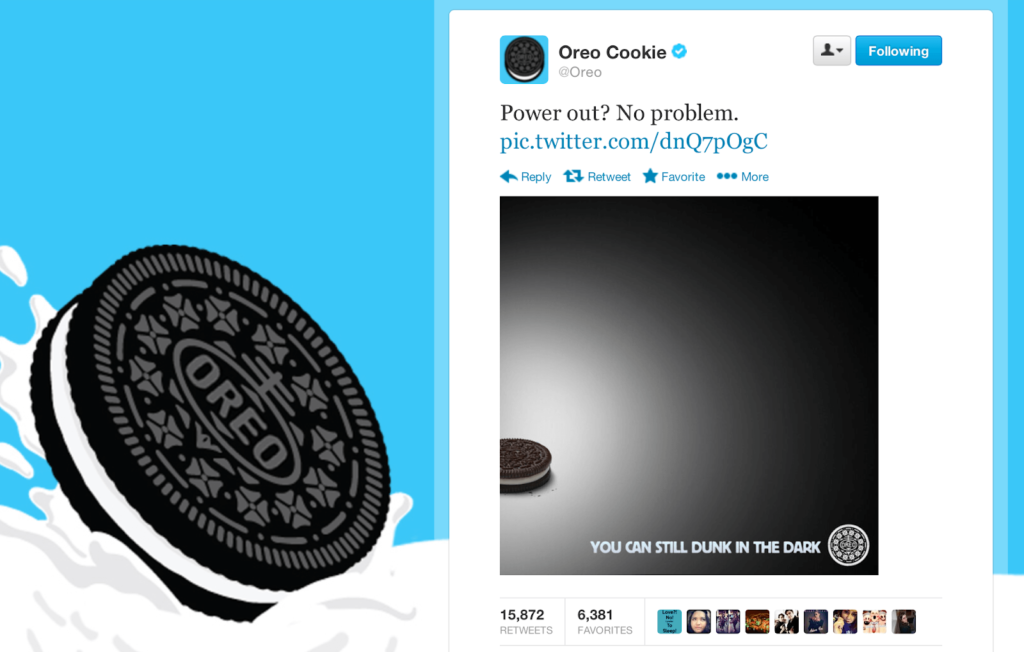Great Writing Vs Great Distribution: 8 Viral Content Examples

Table of Contents
- The Marks of Great Content
- How to Write Viral Content
- 8 Viral Content Examples
- Key Takeaways
- Conclusion
- FAQs
Let’s first try and understand what makes content “great.” There are 3 marks of great content.
The Marks of Great Content
1. Excellent content is beneficial
To begin, we must define “useful.” Users find the content beneficial for various reasons and in a variety of scenarios. Here are several examples:
When a user has a query, the correct response is provided through useful material.
- The user wants to buy something; helpful material describes how the product meets their requirements (and anticipates other needs they might have).
- The user must take action; helpful material demonstrates how to do so with clear directions.
- The user enjoys learning, and useful content teaches them something new.
- The user is bored, thus useful material will keep them entertained.
2. Excellent content has to be aligned.
By aligned, we mean that the content must match your organization’s business goals with the actual demands of prospects and consumers. To put it another way, it’s a two-way street.
Your objective should be to develop content that appeals to your target audience, meets their wants, assists and informs them, and is relevant to what your company does and stands for. How are you going to do that?
Here’s how we go about it, step by step:
- Establish your company’s identity. Why are you here? What makes you stand out in the marketplace? What issues (or needs) do you address (or satisfy) that no one else accomplishes in the same way?
- Establish your business objectives from there. What exactly are you looking to sell? What do you want prospects to do once they’ve decided to buy from you? What would you like to be remembered for?
3. Great content is one-of-a-kind.
Knowing how to develop memorable content is essential since the only worthwhile material is content that stays in the user’s mind. Being memorable requires a high level of uniqueness. Your content must be original to affect your customer and be remembered.
One-of-a-kind doesn’t have to be synonymous with unique. By the way, “unique” does not imply that everything about it has never been heard or seen before. Being the first to do anything is one way to stand out, but it isn’t the only one.
Here are a few things you can do to make your content stand out:
- Look into what’s been written recently on the subject.
- Concentrate on making your primary strategy distinct.
- Make use of my content mashup method.
- Find your own voice.

How to Write Viral Content
What causes a video to go viral? Predicting the outcome of a cricket match is similar to answering this question. While you may believe you’ve made a calculated guess, there’s always the possibility that you’re incorrect. However, after considering the opinions of several marketing professionals, we’ve come to the following conclusion:
It elicits emotions in the audience, such as
- Surprise
- Wrath
- Pain
- Joy
- Excitement
These motivate them to connect with content on a wide scale. For example, Coca-Cola’s #ShareACoke promotion has returned, but this time with personalized bottles. It’s easy to understand why social media is a fantastic area for viral marketing, given that it’s a fast-paced medium where items can be uploaded and viewed in a matter of seconds.
While some may compare viral marketing to a “blink-and-you-missed-it” appearance in the vast marketing landscape, it may be quite beneficial to your brand’s internet exposure.
Let’s look at how.
- Reduces costs: After creating material, the following step is generally to distribute it. However, in this instance, your customers handle the majority of the distribution. As a result, the cost of distribution is reduced.
- Increases reach: If you’re a small business struggling to reach consumers in multiple nations, this is a huge benefit.
- Engagement: Consumers select whether or not to share your material with their social circles. As a result, you’ve managed to construct a positive equation using them.
8 Viral Content Examples
1. Spotify’s 2019 Wrapped Campaign
Spotify’s Wrapped Campaign allows users to reflect on their listening habits over the last year and the decade as a whole. While this was not the first year, Spotify hosted “Wrapped,” this year’s version was much more social.
The data was provided within the smartphone app for the first time rather than on a separate website. When users first accessed the app, the material began playing automatically. Spotify also used highly shareable Instagram and Stories images to display the statistics. Users rushed to Instagram to post their favorite songs of the year, adding commentary and igniting a conversation about Spotify.
This multichannel campaign comprises out-of-home, billboard, and Internet placements, and social engagement is just one part of it.

2. Which city should you reside in? (Buzzfeed quiz)
The majority of us will be unable to resist completing a “Which Game of Thrones character are you?” quiz. But why is that? Who doesn’t want to learn more about themselves, right? These quizzes have now evolved into a type of content marketing approach. They draw a considerable crowd and appeal to a specific demographic. “Which celebrity mom are you like?” can be the title of a quiz aimed at mothers.
Buzzfeed’s quiz “What city should you live in?” had 20 million views, and similar quizzes are said to be the publisher’s record-breaking viral articles. Before you get too enthusiastic, keep one thing in mind. These quizzes’ outcomes must be significant and plausible enough for your audience to trust them.
3. Campaign “Real Beauty Sketches” by Dove, 2013
Unilever and its ad agency Ogilvy & Mather Brazil launched the Dove Real Beauty Sketches campaign in April 2013 to encourage women about their appearance. “You are more lovely than you believe” is the message the campaign’s theme intended to communicate.
The Dove Real Beauty Sketches campaign demonstrates that marketing your business is more than just promoting your goods and services. Instead, customers are drawn to a brand that makes cultural allusions. Buyers come across advertisements for a variety of goods and services. As a result, delivering a social message to them becomes intriguing. The ad went viral because it could emotionally connect with the audience. The video’s theme was one that many people could connect to. The concept was unique, and the information was compelling without being sales-y. The advertisement sparked societal debate and sensitivity about a woman’s appearance. It boosted women’s confidence by eliciting pleasant sensations.

4. The 2014 ice bucket challenge
The ALS Ice Bucket Challenge began in 2014 as an online campaign to raise awareness and finances for people living with Amyotrophic Lateral Sclerosis (ALS). In just eight weeks, the campaign raised $115 million!
Individuals were challenged to dump a pail of ice-cold water over their heads and challenge at least three other people to do the same while donating to the ALS Association. With over 17 million individuals taking part in the challenge worldwide, the ad was a huge hit and went viral. Bill Gates, George W. Bush, Oprah Winfrey, Tom Cruise, Mark Zuckerberg, Rihanna, Tim Cook, Rafael Nadal, and Cristiano Ronaldo, were among the celebrities that took part in the challenge.
5. Oreo: Dunk in the Dark (Dunk in the Dark), 2013
With 30-second advertisements costing upwards of $5 million, the Super Bowl is a famously competitive time for advertisers. On the other hand, Oreo entirely avoided the pricey commercials in 2013 with a single tweet.
When the Mercedes Superdome’s power went out for more than 30 minutes, Oreo reacted quickly and tweeted: “What happened next will go down in history as one of the best viral marketing instances of all time.” Oreo’s fast thinking and humor allowed them to divert attention away from the game and into their own brand. This viral tweet had a significant impact on the marketing industry, and it significantly revolutionized how many marketers regarded social media’s role.

6. Peloton: Aviation Gin’s Play, 2019
Peloton published an exercise bike commercial in 2019 that went viral for all the wrong reasons. The commercial, which depicted a guy giving his wife a Peloton bike as a Christmas present, was panned for being sexist and encouraging body shaming. Some readers said the woman’s persona appeared to be drowsy and stuck in her fitness regimen.
The company’s shares dropped 10% as a result of this. On the other hand, Aviation Gin was motivated to create an advertisement for their product. They hired the actress from the Peloton commercial and had her drink Aviation Gin with her pals while still appearing shell-shocked and visibly recuperating from her adventure on the exercise cycle.
In only a few days, this commercial received 9.4 million views on Twitter and went viral. Nonetheless, Peloton’s situation was not hopeless. Despite widespread criticism of their advertisement, sales soared by 172 percent during the Coronavirus epidemic as more people sought methods to remain healthy at home. This demonstrates that content may become viral for both good and bad causes, yet you can still profit from it. This case also demonstrates that you can overcome negative publicity if you have a decent product.
7. Apple: iPhone filming in 2020
Even Apple, an iconic brand, requires a marketing plan to help them keep their fans. With the release of the iPhone X, Apple launched the ‘Shot on iPhone’ campaign to advertise the iPhone’s incredible camera. The firm concentrated on the “selfie” component, which individuals can share on social media and generate a lot of attention.
People began shooting and generating material due to the camera’s quality. Except for the caption – Shot on iPhone – these stunning images have no apparent relationship to the brand. Images and footage of the Shot on iPhone have begun to circulate. Because of the memes, the campaign was a huge success. Apple has effectively positioned itself as the greatest camera phone available to all photographers and content makers. Once again, a creative technique to remind people of their existence and the high quality of their goods.
8. The Zoom Virtual Background Challenge in 2020
When people were stranded at home due to COVID-19, Zoom devised a fantastic social media promotion contest and gift. In March 2020, Zoom, a video conferencing provider, launched a Virtual Background Competition. Remote employees were to use Zoom’s virtual background capability to transmit films or photos.
Every month, three prizes were up for grabs in this tournament. What was Zoom’s performance like? More than 50,000 individuals joined up solely to enter the tournament. Customer value-added service was also fantastic. This ad attracted new users to Zoom and encouraged them to experiment with its various capabilities. This is an excellent technique to ensure that consumers learn and recommend more.
In 2020, this campaign became the most successful viral marketing campaign on social media.
Key Takeaways
- It’s beneficial to have outstanding content.
- The content must be perfectly aligned.
- Great content is one-of-a-kind.
- Great content evokes emotional responses.
- Virality helps the creator reduce cost, increase reach and engagement.
Conclusion
In conclusion, when building a viral marketing strategy, keep in mind that the material you provide must be unique and never before seen. It should be engaging enough to hold the attention of your audience. They should be able to relate to the viral marketing concept. Using a social media content platform like SocialPilot, you may develop new subject recommendations or content ideas.
You may plan your viral-worthy material to go live at the most convenient moment for your target audience.

FAQs
Viral Instagram content receives much more interaction than regular Instagram posts. When an Instagram post receives 100,000+ likes and views, as well as thousands of comments, it is considered a viral post, even if the account has just a few hundred or thousand followers.
– Learn as much as you can about your target audience’s interests.
– Encourage participation and sharing.
– Keep up with the latest industry news.
– Invest in high-quality content and become familiar with your platform.
– Shopify’s Facebook Video-a-Day Campaign
Content that elicits a strong emotional response was more likely to become viral than content that elicited no emotional response. Happiness, wonder, amusement, and worry are examples of high arousal emotions. Positive material is more likely to become viral. Readers should feel good after reading your posts.
Researchers looked at how various emotions foster extensive sharing in a study on emotions and virality. They discovered that when information evokes an emotional reaction that reaches particular degrees of arousal and dominance – two variables used to describe human emotions – it goes viral.
You can be relatively sure a post will become viral if you see it light up within 60 minutes of posting. If it’s still dead after 60 minutes, it’s pretty well dead.
Latest Blogs
Explore how Google’s 2025 AI search updates triggered ranking chaos. Learn actionable strategies to adapt your SEO for AI Overviews, zero-click searches, and SERP volatility. Stay ahead now.
Learn how to rank on AI search engines like ChatGPT, Perplexity, and Gemini by optimizing your content for authority, structure, and relevance. Stay ahead in AI-driven search with this strategic guide.
Explore the best healthcare SEO services for your medical practice. Improve online visibility and effectively reach more patients in need of your services.


